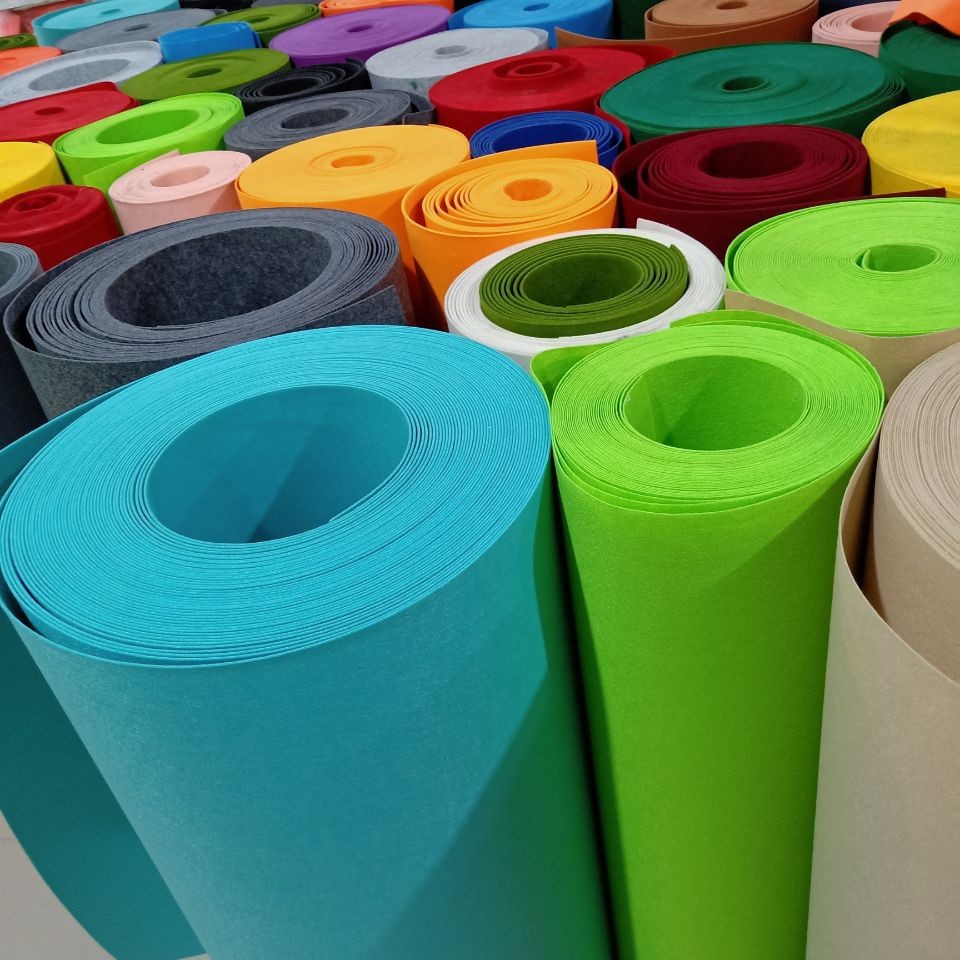Non woven integrates four flexible material processing technologies of textile, papermaking, leather and plastics, and fully combines and applies many contemporary high and new technologies such as computer control and information technology. It is a new interdisciplinary subject. This paper looks forward to the development direction of non woven fabric in China.
"Green and environmental protection" is a healthy lifestyle and pursuit of people in the 21st century, "sustainable" is a vision of the current situation and the future, so we pay more attention to health and quality of life, and pay more attention to environmental protection. Polypropylene non woven has been widely used because of its simple production process, low product density, high strength, acid and alkali resistance, corrosion resistance, non-toxic to the body and low cost. However, it has no antibacterial and deodorizing effects. According to the current situation, explore the method of adding bamboo charcoal fiber to it, so that it can have excellent deodorization and antibacterial properties, and be more widely used. In addition, bamboo charcoal fiber is a brand-new environmental protection material, which has extraordinary performance with the development of bamboo resources. It is to produce bamboo carbon after bamboo is carbonized at 800 ℃, and then use nanotechnology to pulverize it to obtain nano-sized white bamboo carbon powder. After processing, and then choose the traditional chemical fiber production process, it can be spun and formed to produce bamboo carbon fiber with excellent performance. Bamboo charcoal fiber has natural antibacterial, antibacterial and bactericidal effects. The study found that bamboo contains a unique substance, named "Zhukun", which has natural antibacterial, mite proof, deodorizing and insect proof functions.

For the textile machinery and equipment of spunlaced non woven, the form of the product is visually conveyed to people's sense of trust, which is expressed as stable, regular and solid semantic transmission. The upgrading of product shape meets the needs of more people, which largely depends on the background of the times. Simple product modeling has become the mainstream. At the same time, the concise shape highlights the function operation, conveys the semantics of high efficiency and easy operation to people, meets the user's use requirements to a great extent, and improves the user's work efficiency. In the production environment of textile machinery, color helps to convey the function of ontology. In addition to the functional semantics of safety color, the feeling conveyed by color to people should be the same as that of products. The production environment used by textile machinery and equipment in enterprises is noisy, with high temperature, more wool, monotonous and boring, which is easy to annoy operators. Product color planning plays a very important role in design. The colors in the factory environment mostly choose bright light colors. The color selection of the equipment itself should comprehensively consider its functionality, environment and popularity. It is more suitable to choose green or blue as the decorative color, light gray or camel gray as the main color, and appropriate dark gray to enhance the firmness of the machine.
China is rich in cotton linter resources, and a large number of cotton linters cannot be fully utilized because they are not suitable for textile processing. Acupuncture processing non woven is an effective and fast textile processing method. In this paper, cotton linter and polypropylene fiber are mixed with a mass ratio of 8:2 as raw materials, and cotton linter nonwovens with different areal density are made by needling process. The oil absorption properties of different oils are tested and evaluated, so as to provide basis and guidance for their application in oil absorption industry. The oil retention rate of cotton linter nonwovens is more than 85%, and the highest can reach 98.96%. The oil retention rate of three kinds of cotton linters for engine oil is the largest, followed by diesel oil, and the smallest is lubricating oil.

Non woven industry is known as the "sunrise industry" in the textile industry. At present, it has played a very important role in many industries, such as aerospace, medical and health care. Sharing the development direction of China's non woven fabric can provide reference for its further development.
Comment(0)
You can comment after
SIGN IN